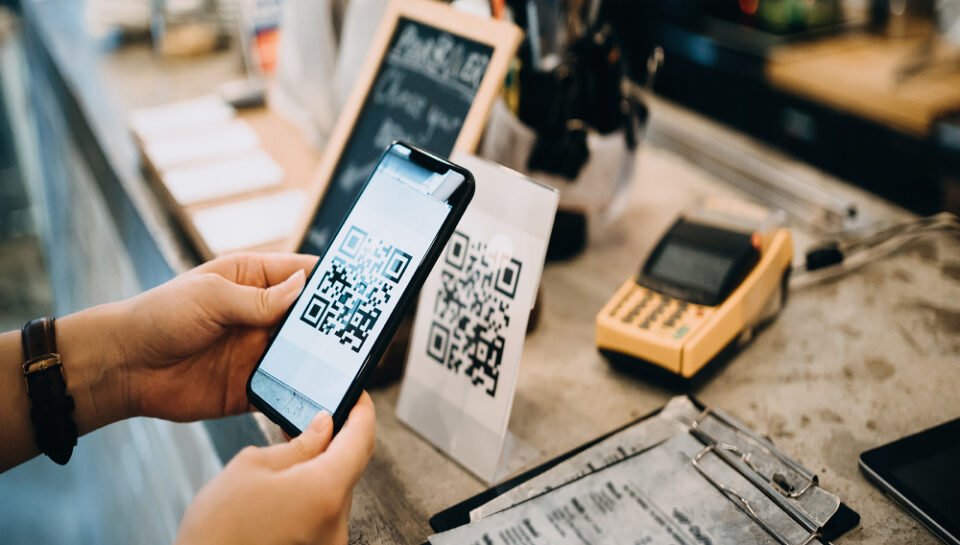
How is QR or barcode data integrated into designs?
Strategic Placement on the Card
- QR codes or barcodes are typically placed on the back of the card.
- Front-side placement is used only when frequent scanning is required.
- Corners or bottom edges are preferred to avoid clutter.
- Placement ensures codes do not interfere with personal details or logos.
- Clear zones are maintained around the code for scannability.
Design Compatibility and Balance
- Code size is optimized to maintain scanning accuracy and aesthetic balance.
- Monochrome color schemes are preferred to ensure readability.
- Codes are aligned with the card’s grid and layout framework.
- Elements are repositioned if needed to preserve visual harmony.
- Codes are never layered over textured or busy backgrounds.
Technical Formatting and Encoding
- QR codes can encode URLs, employee IDs, or contact details.
- Barcodes typically use Code 39 or Code 128 formats for compatibility.
- Codes are generated using secure and standardized formats.
- Error correction levels are set high for durable scanning.
- Each code is unique and tied to a central database or system.
Integration with Card Printing Software
- Most ID card printers support dynamic code printing via templates.
- Codes are generated and merged during the personalization stage.
- Variable data fields automatically generate user-specific codes.
- Software ensures consistent code quality and positioning.
- Templates are tested for print accuracy and scan reliability.
Security and Data Handling Measures
- QR or barcode data is encrypted or tokenized where necessary.
- Codes are linked to secure systems with role-based access.
- Expiry dates or dynamic content can be encoded to prevent misuse.
- Codes are audited during printing for accuracy and duplication.
- Proper handling ensures compliance with data protection standards.





